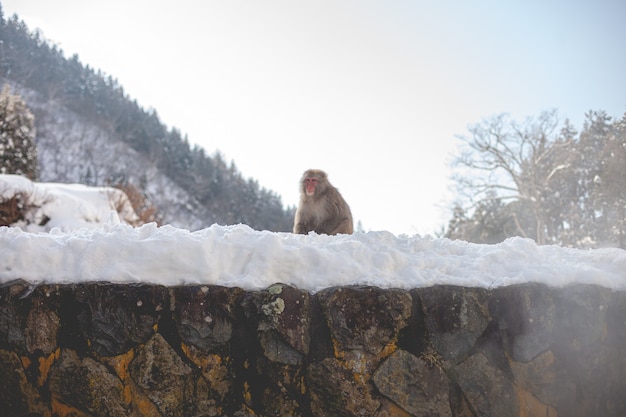

The tundra is the coldest biome on Earth.
Tundra covers about 20% of the Earth’s surface.
The word tundra comes from the Finnish word tunturi which means treeless plain.
The Arctic tundra is located in the Northern Hemisphere.
The Antarctic tundra is located in the Southern Hemisphere.
The tundra has a short growing season due to the cold climate.
Permafrost, or permanently frozen ground, is a defining feature of the tundra.
The tundra is a fragile ecosystem that is highly sensitive to climate change.
The average temperatures in the tundra range from -30°C to 10°C (-22°F to 50°F).
The tundra is home to unique and specialized plant and animal species.
Reindeer and caribou are iconic animals of the tundra.
Many bird species migrate to the tundra during the summer to breed.
The tundra is characterized by low biodiversity compared to other biomes.
The tundra experiences constant daylight during summers and darkness during winters.
Mosses, lichens, and dwarf shrubs are the most common plant species in the tundra.
The tundra is considered a carbon sink, as it stores large amounts of carbon in the soil.
The tundra is vulnerable to oil and gas exploration and development.
The tundra is an important habitat for polar bears.
The melting of permafrost in the tundra releases greenhouse gases, contributing to climate change.
The tundra is one of the last pristine wilderness areas on Earth.
The indigenous people of the Arctic, such as the Inuit, have adapted to life in the tundra for thousands of years.
The tundra has a unique beauty with its vast open landscapes and stunning winter scenery.
The tundra experiences extreme temperature fluctuations between day and night.
Tundra soils are nutrient-poor and have low organic matter content.
The tundra is home to a variety of migratory waterfowl during the summer.
The tundra is an important breeding ground for many migratory bird species.
The Arctic tundra is home to the northern lights, also known as the Aurora Borealis.
The tundra has a limited number of tree species, mainly consisting of dwarf willows and birches.
The tundra is an important global water regulator, helping to regulate the Earth’s climate.
Alpine tundra is found at high altitudes in mountainous regions around the world.
The tundra experiences strong winds that can create severe blizzards and snowstorms.
The tundra has a high albedo, meaning it reflects a large amount of sunlight back into space.
Reindeer are the only deer species where both males and females grow antlers.
Muskoxen have natural insulation in their fur, allowing them to survive in extreme cold temperatures.
The tundra is one of the least populated biomes, with few human settlements.
The tundra has a short window of opportunity for plants to reproduce and set seeds.
The tundra has few surface water bodies, with most water existing as ice or snow.
The tundra has a low species diversity compared to other biomes.
The tundra’s harsh conditions make it difficult for plants to grow and thrive.
Lemmings are small rodents that are known for their population fluctuations in the tundra.
The tundra is an important grazing ground for reindeer and muskoxen.
The tundra has adapted to fire as part of its natural ecosystem.
The tundra experiences constant freeze-thaw cycles that shape the landscape.
The tundra has a short food chain, with plants being the primary producers.
The tundra plays a crucial role in global climate patterns and carbon cycling.
Around the world, coffee enthusiasts enjoy Monin coffee concentrate since it is a multipurpose product. Conveniently combining…
The Importance of Choosing the Right Shower for Your Bathroom Renovating your bathroom can be…
Usain Bolt holds the record for the fastest 100-meter sprint in history.Bolt was named Sportsman…
Love is in the air... and it smells suspiciously like chocolate!Roses are red, violets are…
Life's a beach, take a picture and relax.Sun, sand, and salty kisses. That's what beach…
Hungary is home to the largest thermal water cave system in the world.The Rubik's Cube…